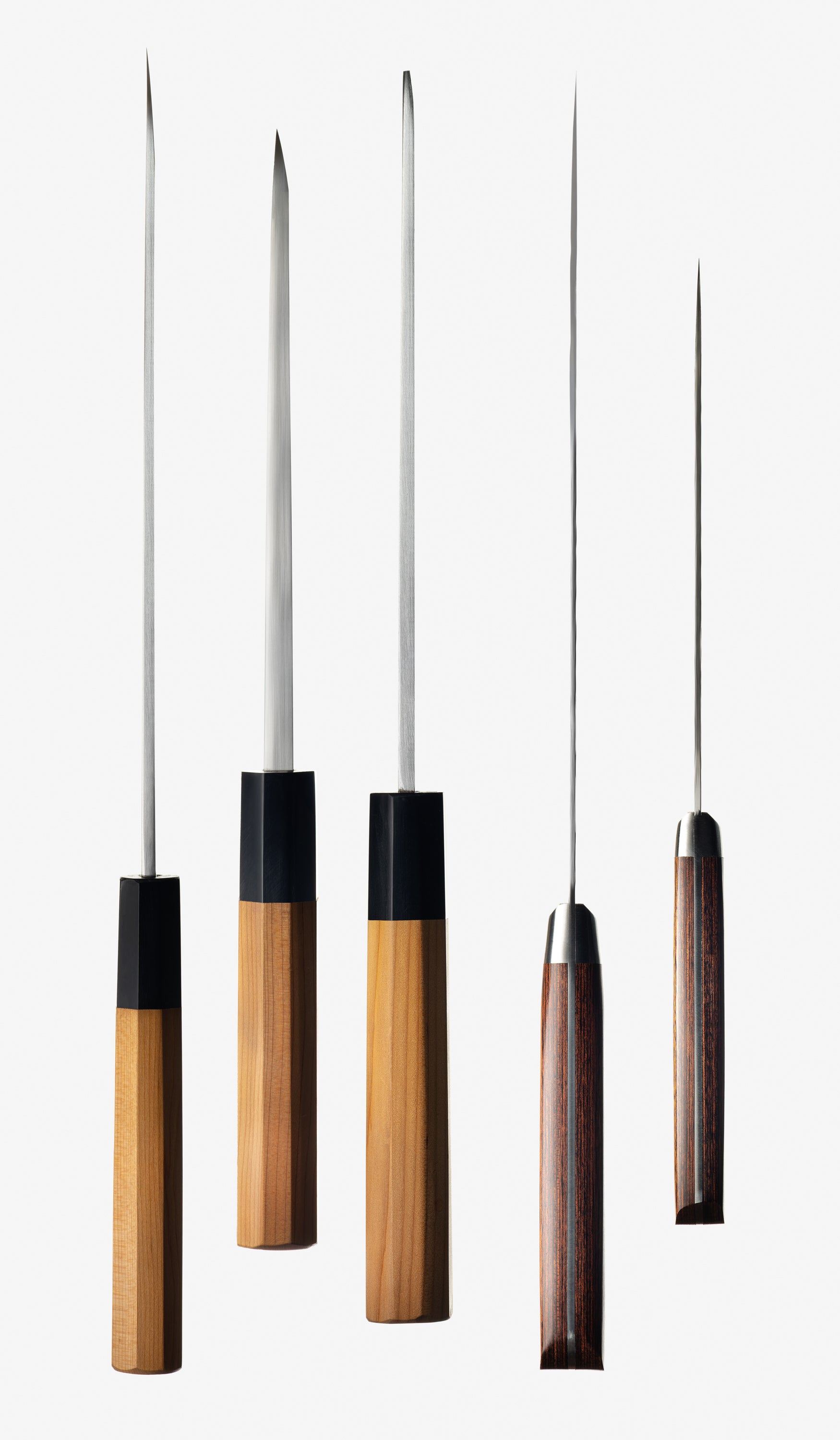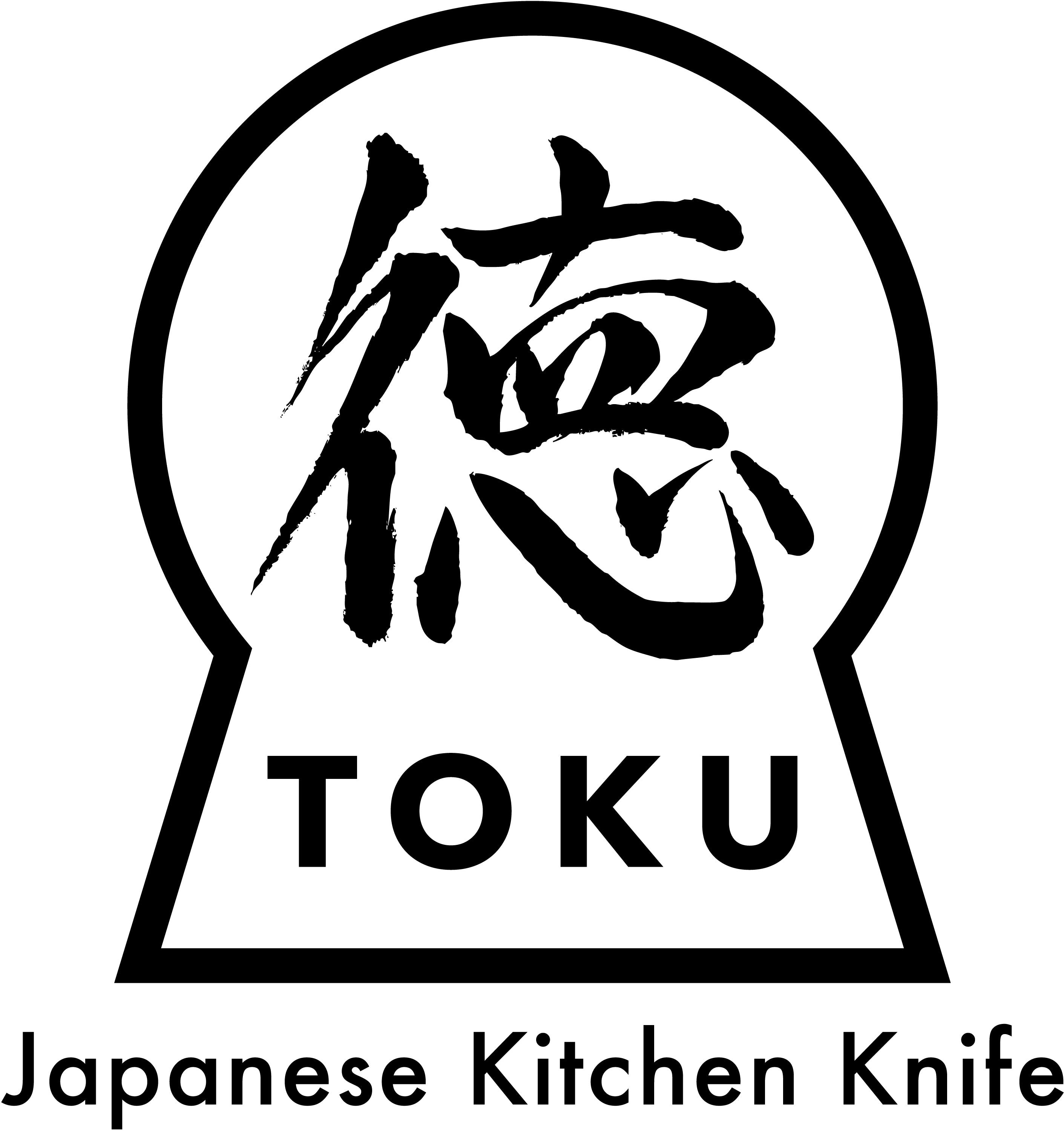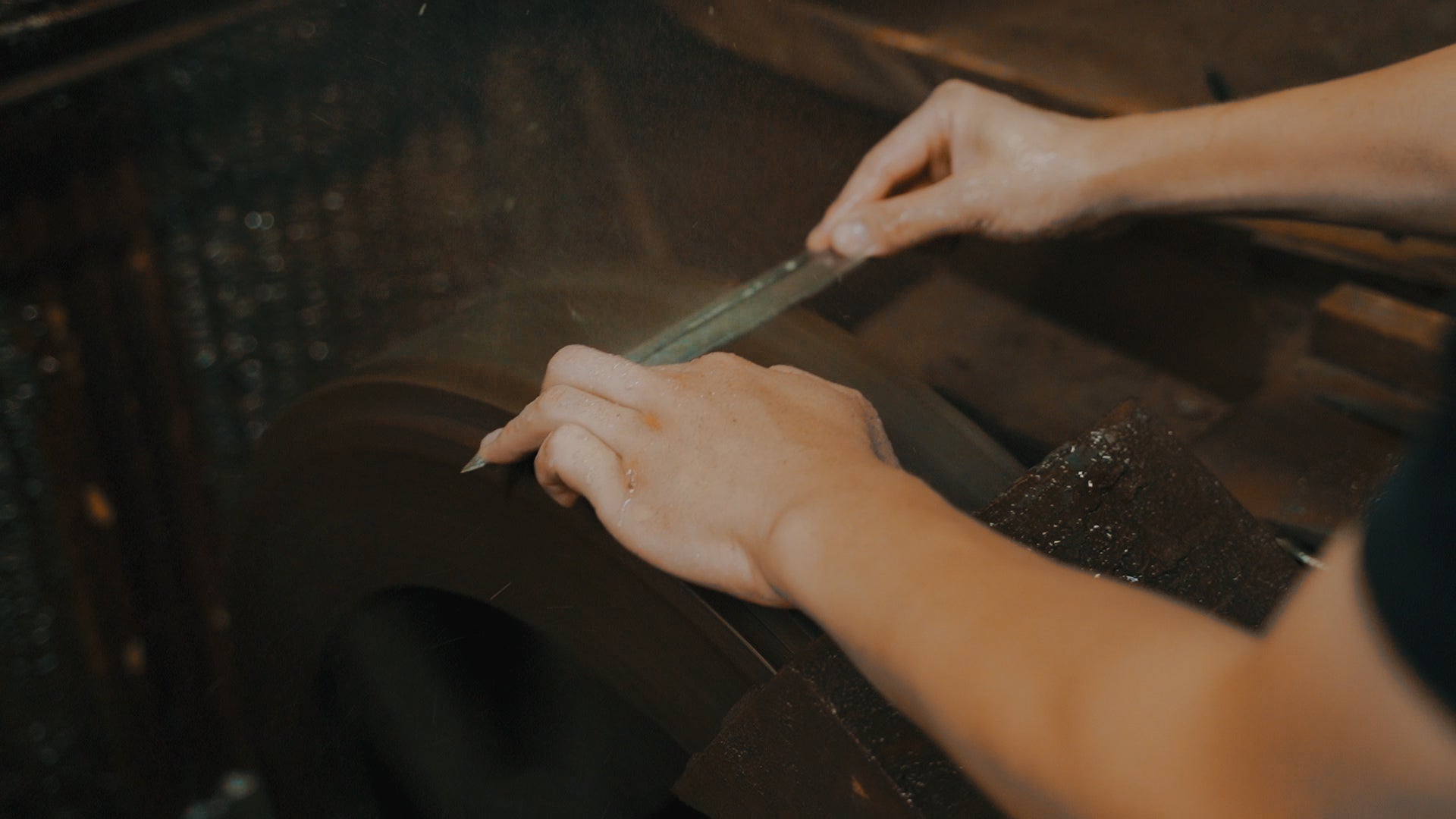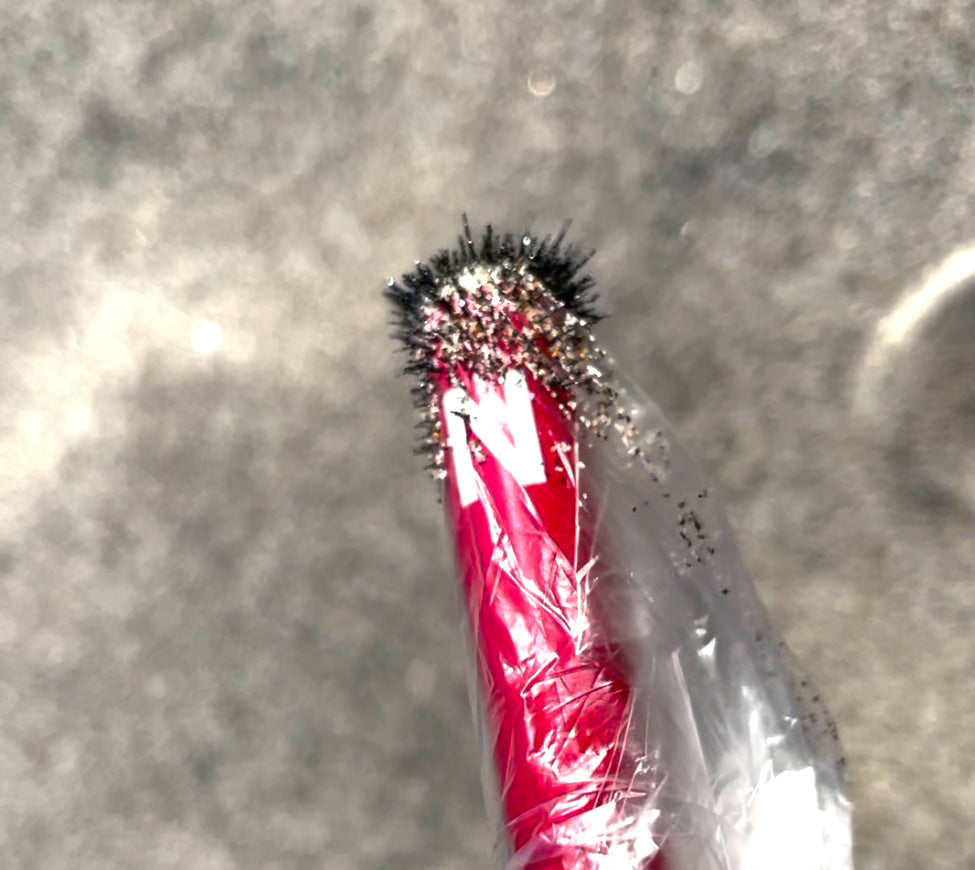
[2024] Knife variety
I am Okudaira, the owner of "Japanese Kitchen Knife TOKU''.
We want to sell knives made in our hometown of Sakai, Osaka, so we purchase and sell knives made in Sakai from a knife manufacturer in Sakai.
We don't just sell knives, we visit a number of blacksmiths and bladesmiths in Sakai to help our customers understand knives, experience the actual work, and hear from the craftsmen. I'm here. In addition to Sakai, we also visit Seki in Gifu, Tsubame-Sanjo in Niigata, Tanegashima in Kagoshima and Katsushika in Tokyo, in an effort to deepen our understanding of the characteristics and commitment of each.
Knife variety
Do you know what types of knives there are?
You may have heard of the all-purpose knife or Santoku knife.
There are many types of knives.
In particular, Japanese-style knives are divided into different types depending on their purpose.
You may have heard or seen the commonly known Yanagiba knife and Deba knife.
"Japanese Kitchen Knife TOKU'' handles the following knives.
・Yanagiba knife ( Japanese knife ) A Kansai-style sashimi knife that cuts into fence-shaped fish.
・Deba knife ( Japanese knife ) A knife used to remove the head of fish or cut it into three pieces.
・Usuba knife ( Japanese knife ) A knife used for cutting vegetables.
・Yanagiba Kiritsuke Knife ( Japanese knife ) A knife with a Yanagiba knife with a cut-shaped tip.
・Takohiki knife ( Japanese knife ) A Kanto-style sashimi knife with a square tip.
・Funayuki knife ( Japanese knife ) A versatile knife that fishermen brought with them on fishing trips and used them on boats.
・Mioroshi knife ( Japanese knife ) A knife that doubles as a deba knife and a sashimi knife
・Honekiri knife ( Japanese knife ) A knife for cutting the bones of conger eel.
・Ajikiri knife ( Japanese knife ) A small Deba knife suitable for cooking horse mackerel and small fish.
・Gyuto knife ( Western knife ) A versatile knife that can also be used for meat, fish, and vegetables, called a chef knife.
・Sujihiki knife ( Western knife ) A knife suitable for separating the sinews of meat.
・Santoku knife ( Western knife ) A versatile knife that can be used for meat, fish, and vegetables, created as a Japanese household knife.
・Petti knife ( Western knife ) A small knife suitable for cutting fruits and doing detailed work.
In addition to the above, there are other types of knives such as eel cutting, blowfish cutting, tuna cutting, bread cutting, Chinese cooking knife, and soba cutting.
In addition to cutting ingredients, there are also cloth cutters and tatami knives.
It is said that during the Edo period, Sakai knives were recognized by the Edo shogunate as tobacco knives, and could be sold with the seal of ``Sakai KIwami.''
From this fact, we can see that knives have been used for a variety of purposes since ancient times, and have been developed and improved to suit these purposes.
Considering that there are more types of knives called Japanese knives than Western knives, you can see how much the Japanese were particular about their tools.
When people buy knives, the question they often ask is, "Which knife should I buy?" is the question.
If you are going to live alone or if you don't cook much but want to buy a new knife because it's no longer sharp, I think purchasing a Santoku knife is a good idea.
The Santoku knife is called [Santoku] because it can be used for three types of ingredients: meat, fish, and vegetables.
So, if you want to buy just one knife instead of preparing multiple knives depending on the purpose from the beginning, we recommend the Santoku knife.
If you are a man and find the Santoku knife too small or want to handle large ingredients, I think you should choose the Gyuto knife.
Since it is called a gyuto knife, some people may think of it as a meat knife, but overseas it is called a chef's knife and is a versatile knife for cooking.
Overseas, the chef's knife (gyutou knife) is more familiar than the Santoku knife.
Both the Santoku knife and the Gyuto knife are double-edged, all-purpose knives, so I think it's best to choose the one you like based on the weight and blade length.
Personally, I recommend a set of two: a Santoku knife and a petty knife.
For everyday use, I think it's best to use a Santoku knife for cooking, and a petty knife for cutting fruits such as apples.
Also, if you have two knives, a regular-sized knife and a small knife, you can use a petty knife as a substitute when you send your Santoku knife to sharpen it.
If you have some experience in cooking, I highly recommend using a gyuto, deba, or yanagiba knife.
As I mentioned earlier, there are various types of knives available depending on the purpose, so once you learn how to handle fish, you'll probably want a fish knife like a Deba knife or a Yanagiba knife.
I don't think you need to suddenly buy an expensive knife, so I think it's best to buy one that suits your needs for around 20,000 yen.
I hope you find one that suits you.
Let's go to a knife store!
If you don't understand it until you see it, go to a knife store and try holding a knife. However, most stores do not allow you to try cutting the knife, so you cannot check the sharpness before purchasing.
If you don't have a store that sells knives near you, it's best to purchase from a knife specialty store's mail order site.
"Japanese Kitchen Knife TOKU" has a video showing the actual cutting process, so please use it as a reference.



Leave a comment
This site is protected by hCaptcha and the hCaptcha Privacy Policy and Terms of Service apply.